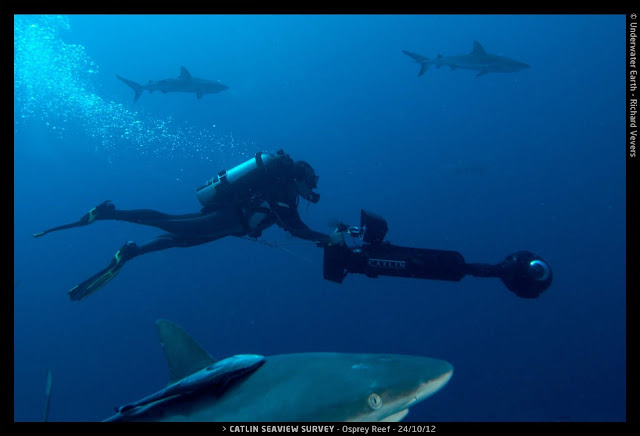Science on a Boat

Anjani Ganase joins the team to survey coral reefs which innovates a process that allows scientists to monitor the health of corals The experience on Heron Island working on my master’s research led to the opportunity to map coral reefs of Australia’s Great Barrier Reef (GBR) for the XL Catlin Seaview Survey. This project had two main purposes: outreach, by bringing coral reefs to people using 360-degree imagery to create an immersive learning experience. The second purpose was scientific using the camera technology to create one of the largest visual baselines of the Great Barrier Reef from which researchers extract information on reef composition and study the spatial patterns of this expansive reef system. For me, it was the ultimate dream job. As the marine technician, I was tasked with collecting all the imagery and associated data for all the sites during the four-month excursion from the Southern Great Barrier Reef to the Far North GBR and Coral Sea. It was ...




